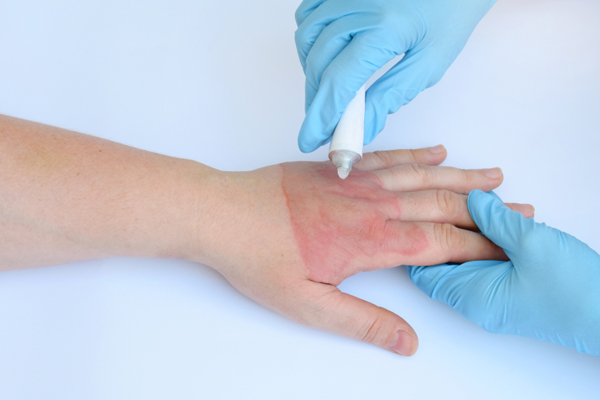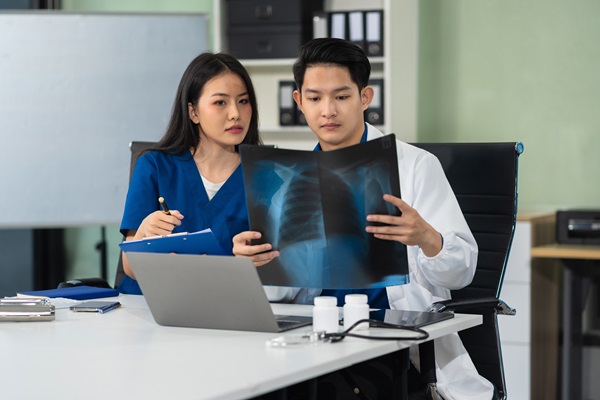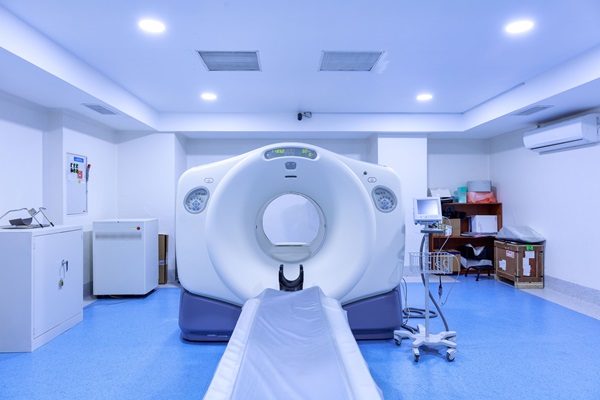The Different Degrees of Burns

The different degrees of burns are defined by the number of layers that are harmed by the burn. A less severe burn, which is typically categorized as a first-degree burn, can be easily treated with little to no immediate medical attention. On the other hand, more serious burns require more immediate treatment that cannot be administered without a medical professional.
Degrees of burns
Due to the varying degrees of burns and the different treatment options for each one, it is important to be able to recognize each one in order to seek the proper treatment for the individual who has endured the burn. Although minor burns may not require immediate care, it is important to seek medical treatment for any burns that cause the loss of a large portion of skin.
First degree
A first-degree burn refers to a burn that typically only affects the first layer of skin, the epidermis. There are varying levels of first-degree burns. Although a less severe first-degree burn is only accompanied by a little pain and redness in the affected area, more serious damage to the epidermis can cause actual damage to the skin.
First-degree burns are the least severe degrees of burn and can usually be treated at home with burn ointment and pain relief medicine, such as ibuprofen. Although a more serious first-degree burn may result in temporary cosmetic problems, there usually are not any long-term effects, either cosmetic or pain-related.
Second degree
A second-degree burn is a burn that affects both the epidermis and the dermis, which are the first and second layers of skin, respectively. A second-degree burn, also referred to as a partial thickness burn, normally causes a much higher level of pain than first-degree burns and can even be more painful than more severe third-degree burns.
Along with the increased pain level, second-degree burns also tend to leave a higher level of redness, swelling, and blistering than a first-degree burn. Subsequently, there are likely to be some cosmetic effects, and the area may take multiple weeks before it fully heals.
Third degree
Third-degree burns are far more serious than first- and second-degree burns and require immediate medical assistance in order to ensure there are not any infections that begin to develop or long-term cosmetic effects. A third-degree burn not only affects the skin layers but also the underlying tissue.
Since third-degree burns can burn nerve tissue, there often is not any pain in the exact area of the burn. As a result, it can be more difficult to assess the severity of the burn, so signs of charred skin, pain in the surrounding area, and shock should be looked for and considered. In the event that a burn victim shows signs of a third-degree burn, it is important for them to seek medical assistance immediately.
Frequently asked questions about burns
Here are common questions that patients have about their burns and answers from a physician.
What should I do if I get burned?
The first step is to take a deep breath. There may be a considerable amount of discomfort, which can affect the person’s ability to think rationally. By taking a deep breath, it can help them regain their ability to decide the best course of action. Next, it is time to assess the burn. If the burn is serious (second degree or worse), then visit a medical provider that offers walk-in or urgent care services.
When should I seek medical treatment for a burn?
As mentioned, it is important to seek medical treatment if a burn causes the loss of a large portion of skin. Most second-degree burns require medical attention; all third-degree burns require immediate attention to help minimize the long-term damage, promptly address pain, and reduce the risk of infection. When in doubt, it is best to visit a medical professional who treats burns.
How can I treat first-degree burns at home?
If you have a minor first-degree burn, then you can likely treat the burn at home. The best home remedies for first-degree burns are rinsing and drying the affected area, placing a non-stick bandage, and taking store-bought pain-relief (and anti-inflammatory) medication.
Contact our office today for burn advice and treatment
If you have been burned and have questions about whether or not you need treatment, then call us today. We can help you assess your burn and determine if a visit to see us is necessary. We treat all types of burns, including thermal, electrical, and chemical. We can also treat sunburns as well.
Request an appointment here: https://tx-urgentcare.com or call Texas Urgent Care & Imaging Center at (832) 941-1894 for an appointment in our New Caney office.
Check out what others are saying about our services on Yelp: Read our Yelp reviews.
Recent Posts
X-rays are popular tools medical professionals use to diagnose a wide range of health conditions quickly and safely. They allow these professionals to see inside the body without invasive procedures, making them invaluable in urgent and primary care settings. Whether identifying fractures, monitoring chronic conditions, or detecting abnormalities, X-rays are critical in ensuring timely and…
A CT scan, or computed tomography scan, is a diagnostic tool that provides detailed images of the body’s internal structures. This non-invasive procedure helps medical professionals diagnose and monitor various conditions, from injuries to chronic illnesses. Knowing what to expect during a CT scan can ease concerns and prepare patients for a smooth experience.A CT…
If you work in public transportation, you may need to have a DOT drug screening. The Department of Transportation (DOT) regulates this test and requires it for you. You might be wondering what this test is like. Keep reading to learn more.Congress passed the Omnibus Transportation Employee Testing Act in 1991. Congress knew that the…
Walk-in clinic provide convenient, accessible health care for non-emergency medical needs, making it an ideal choice when immediate attention is necessary. Understanding when to visit a clinic can help patients save time, avoid unnecessary trips to the emergency room, and receive quality care for their health concerns. These clinics handle various issues, offering fast, professional…


